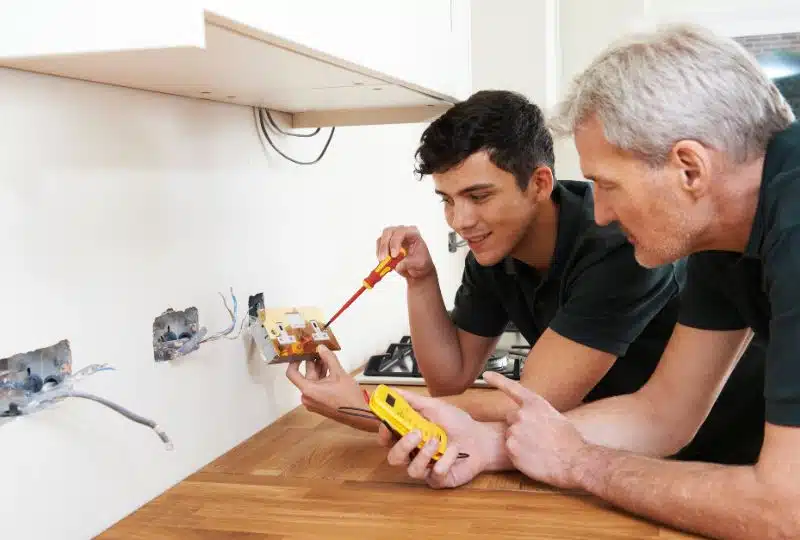
When it comes to ensuring the safety and well-being of your family, you shouldn’t have to worry about your home being a source of potential danger.
While most homeowners are diligent about securing their homes against fires and theft, many overlook less apparent but equally critical safety hazards that they should be aware of.
Carbon monoxide (CO) is a colorless, odorless gas produced by gas-burning appliances like stoves, furnaces, water heaters, and fireplaces. Inhaling carbon monoxide can lead to symptoms like dizziness, headaches, nausea, and, in severe cases, death.
To protect your family from carbon monoxide poisoning:
Faulty electrical wiring, overloaded circuits, and outdated electrical systems can pose serious safety risks. Electrical fires can start suddenly, causing significant damage and putting lives in danger.
To protect your family from electrical hazards:
Slip and fall accidents are common in homes and can lead to serious injuries, especially among elderly individuals and young children. Loose rugs, clutter, and poorly maintained staircases are frequently at fault.
To protect your family from falling hazards:
Image Credit: Ksenia Chernaya/ Pexels
Radon is a radioactive gas that is naturally produced by the decay of uranium in soil, rock, and water. It can seep into your home through cracks in the foundation, gaps around pipes, and other entry points. Prolonged exposure can increase your risk of lung cancer.
To protect your family from radon gas poisoning:
As a homeowner, being aware of these four unassuming safety hazards and taking the necessary precautions can significantly reduce the risks to your family’s health and well-being. Regular maintenance and testing are essential in creating a safe and secure environment within your home.
You spend a lot of time in your home, so it’s important to create a…
If you love a modern house vibe, you can find several easy ways to update…
Are you looking to spruce up your home without breaking the bank? Home improvements don’t…
Florida, also known as the Sunshine State, boasts a vibrant real estate market filled with…
A backyard fireplace is the perfect feature to take any outdoor space up a notch.…
The kitchen, often referred to as the heart of a home, is where both meals…